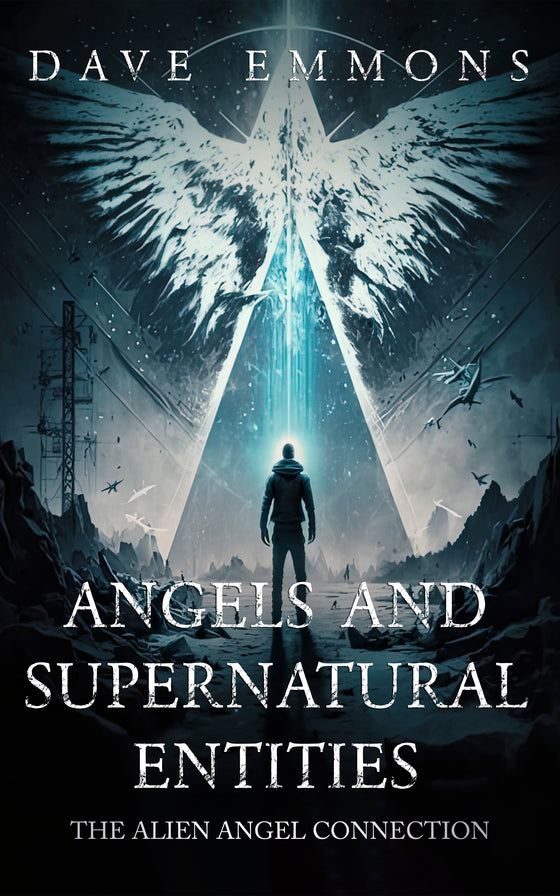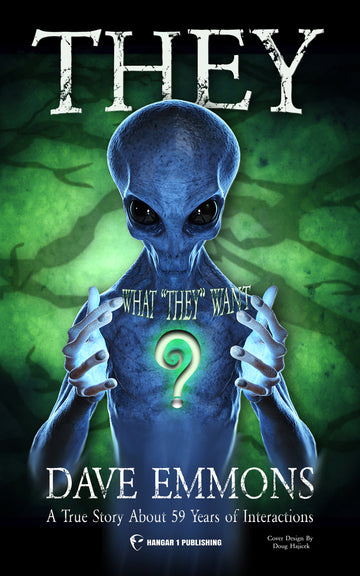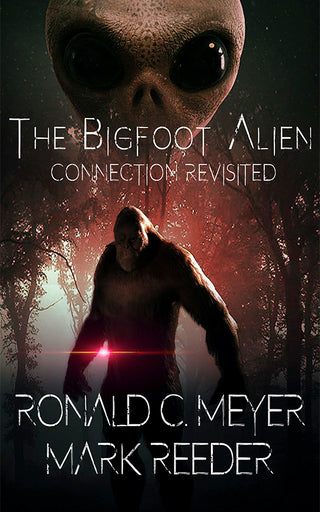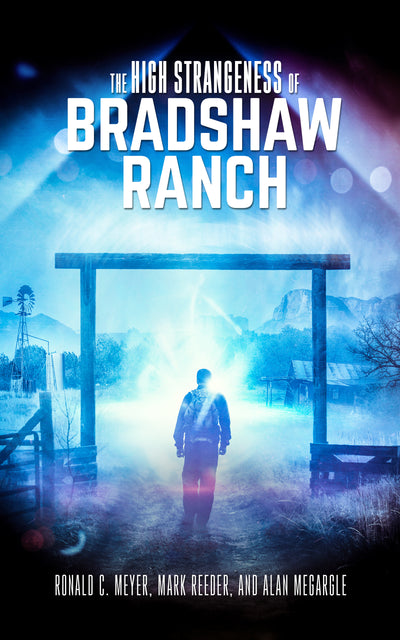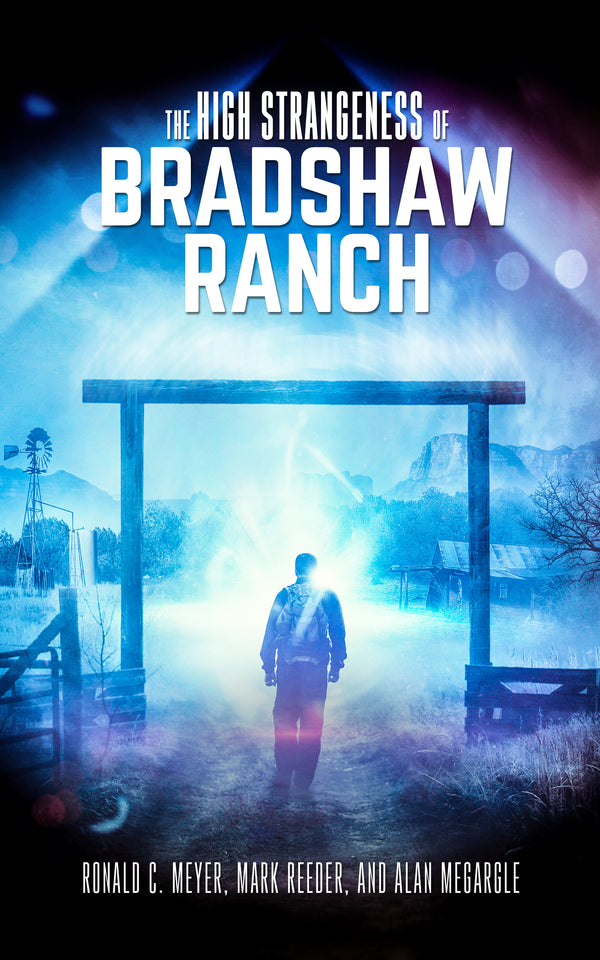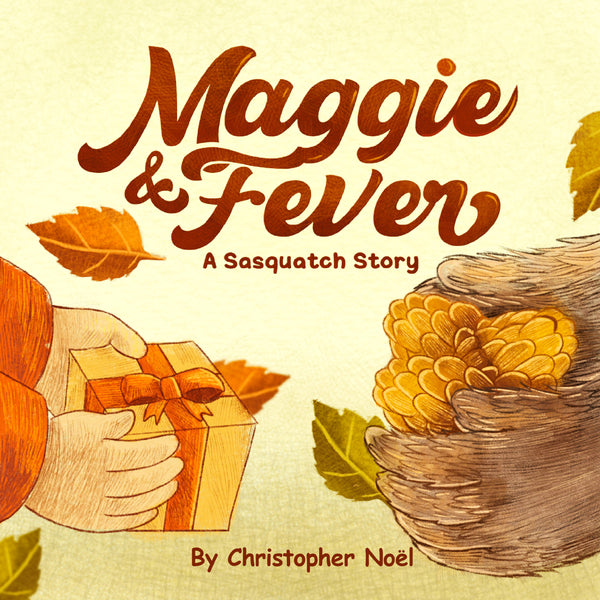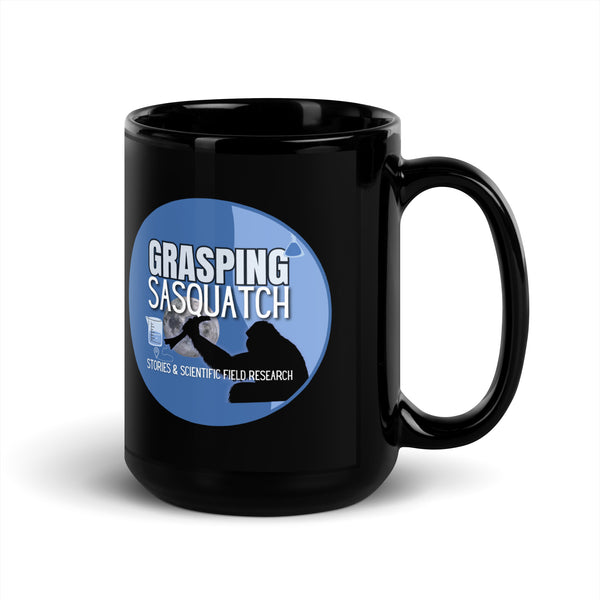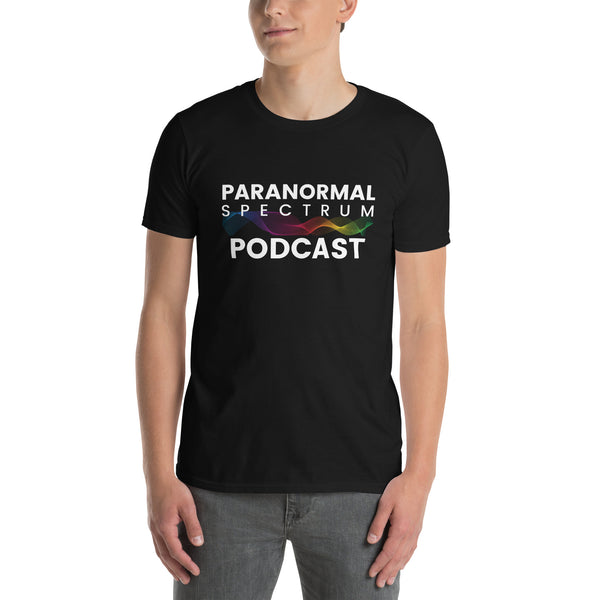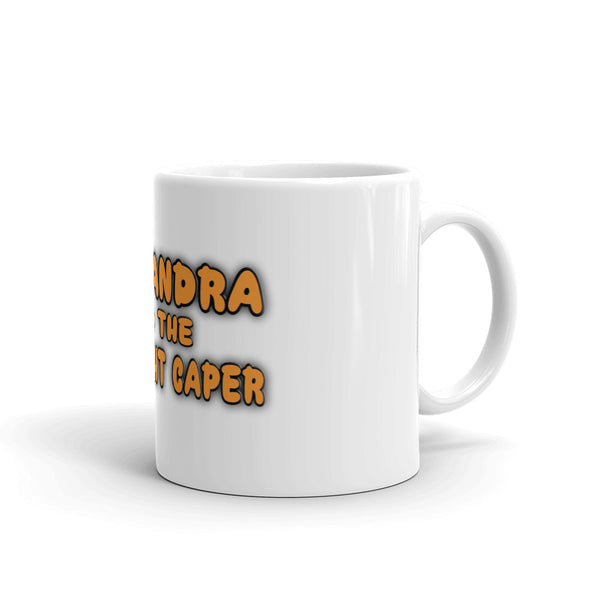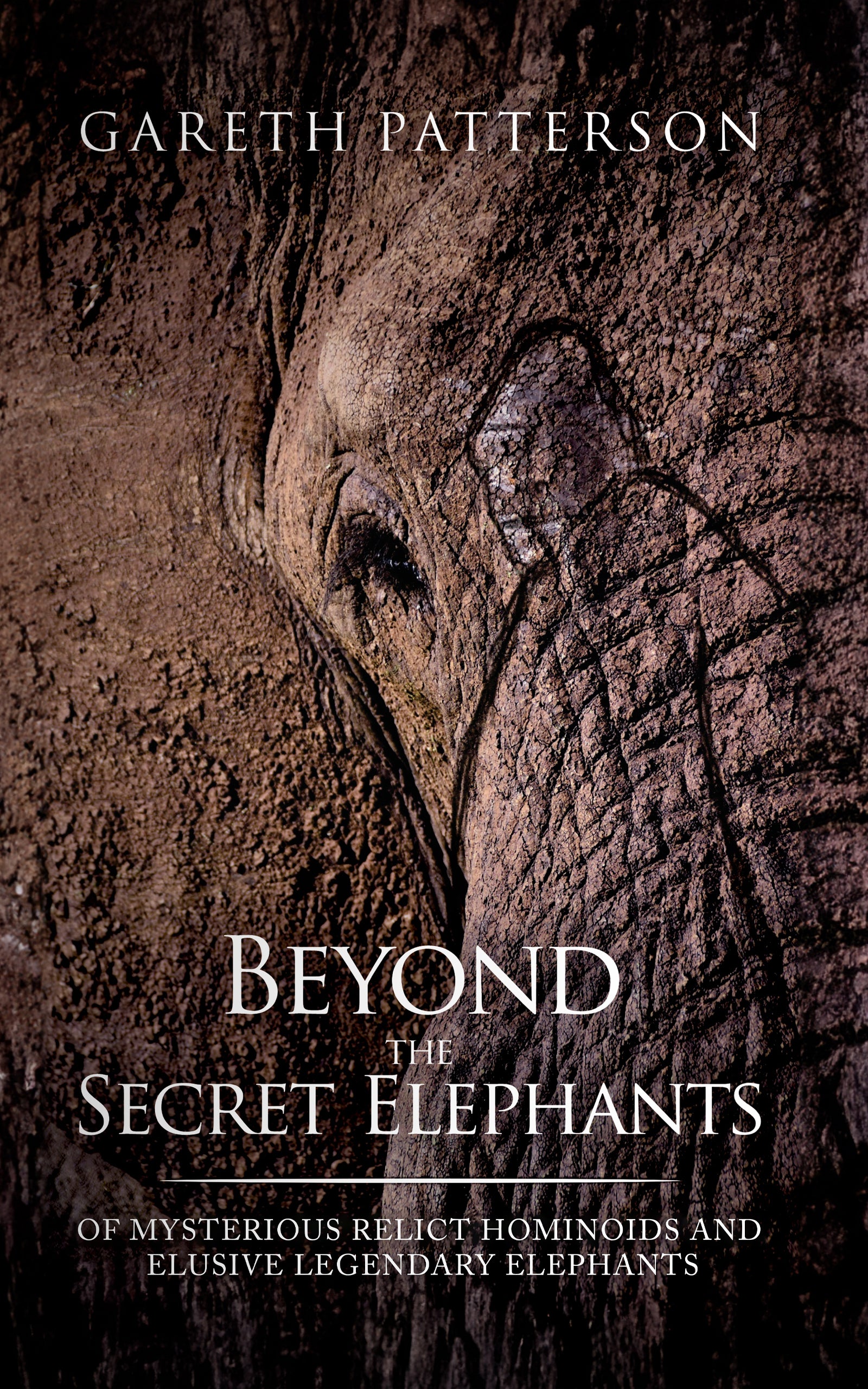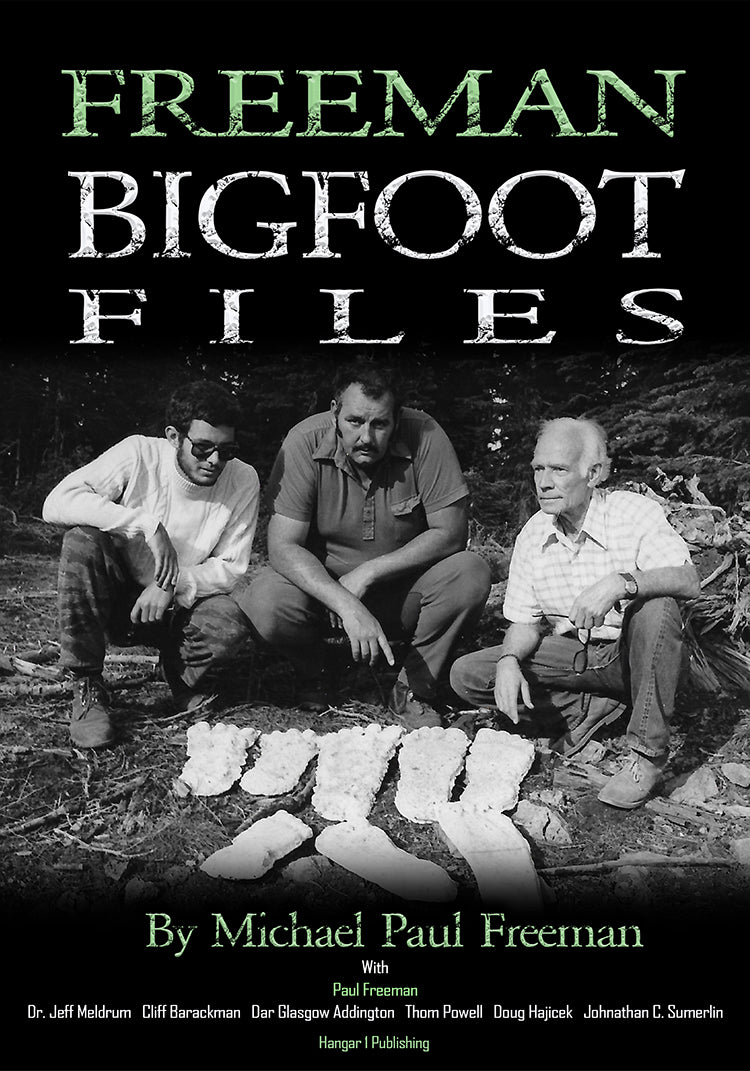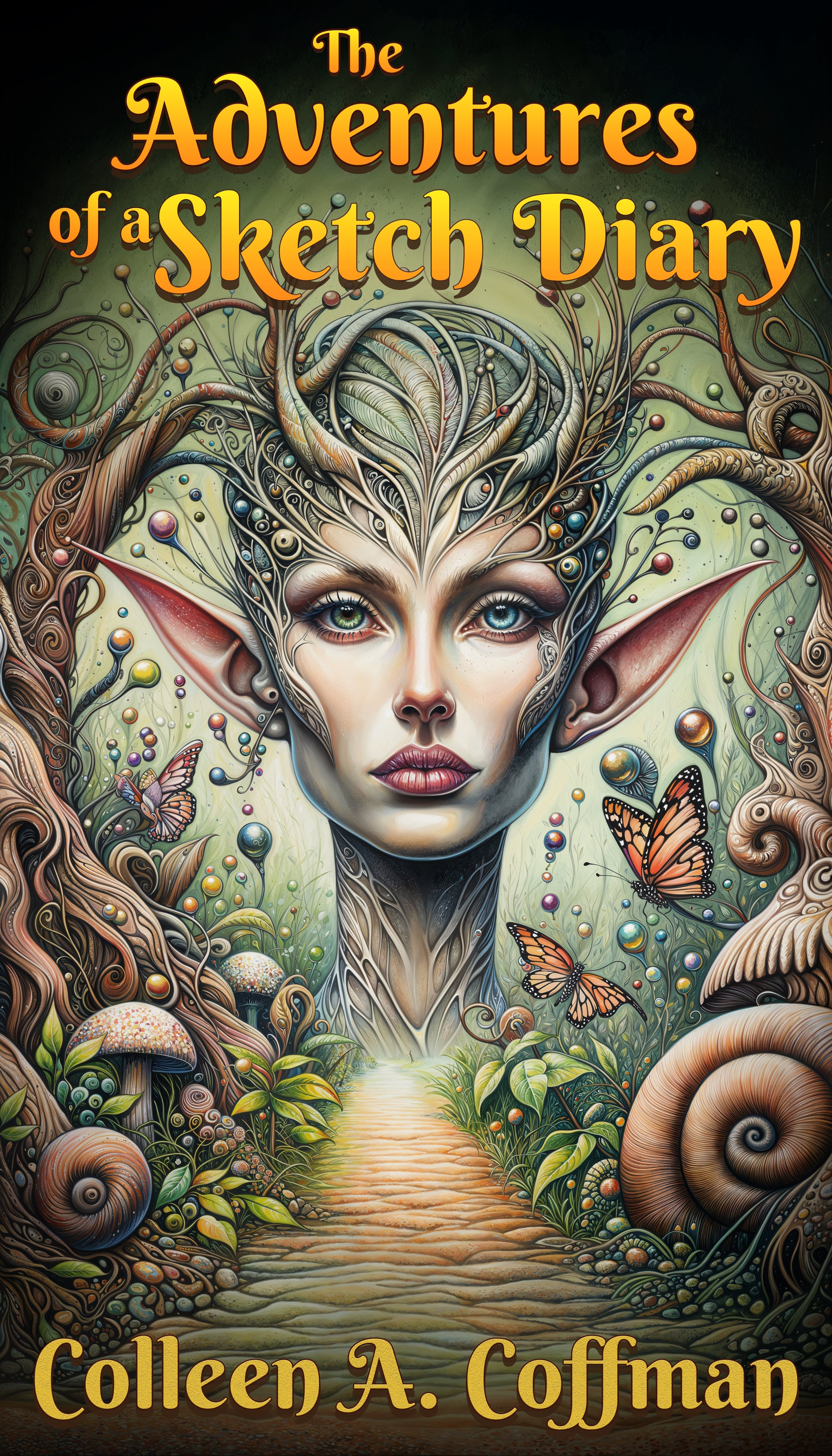Vibrational Frequencies (ET Contact): From Physics to The Vibrational State

By Sanjay Kapoor, Ufologist
In my day job as an astrophysics researcher, "frequency" means something very specific. It's the 1,420 MHz hydrogen line we monitor for interstellar whispers, or the optical spectra we analyze to find exoplanet atmospheres. It is cold, hard, measurable data.
But in the UAP community-the messy, fascinating world of experiencers and contact seekers-frequency means something else entirely. It's a feeling. It's a literal buzz in the skull. It's a method of "tuning" consciousness. As a scientist who refuses to dismiss the data just because it's weird, I've spent some time tracking this concept. How did we get from radio waves to "raising your vibration"?
The history is stranger-and deeper-than you might think.
The Occult Roots: Thought Forms and Etheric Vibes
Long before modern UAP studies, 19th-century occultists were already obsessed with the physics of the invisible. The Theosophical Society, led by figures like Helena Blavatsky and later Annie Besant, laid the groundwork. They didn't talk about radio; they talked about the inherent power of vibration to bring forth form. They believed that human responsibility extended to the management of these energies.
When Besant took over, she and C.W. Leadbeater-who claimed to engage in meta-realities of modernism-formalized this. They published Thought-Forms: A Record of Clairvoyant Investigation. They argued that thoughts weren't just abstract; they were things. Wikipedia summaries of Thought-Forms describe them as floating, colorful shapes generated by mental vibration. Leadbeater's work on clairvoyance suggested we could see these if we just tuned our "etheric" vision.
The text of this little book served as a moral lesson on the power of the mind. They described etheric vibrations that accompany physical ones, a concept echoed in Alice Bailey's Treatise on Cosmic Fire. Bailey, writing later, expanded on this concept of cosmic fire and thought-forms as a bridge to logoic consciousness. It was the first attempt to create a history of the pleasure and pain of sound in a metaphysical context. They even defined forms expressing inherent qualities of the thinker. This was the Victorian ancestor to the modern "vibe check."
The 1950s: Radio Dials and Space Brothers
When the flying saucers arrived in 1947, the mystics were ready. The "Contactees" of the 1950s swapped ectoplasm for electromagnetism. George Adamski and others became the stars of what some call ContactTV, delivering a "Space Gospel." They claimed their contacts weren't just physical craft, but vibrational entities.
Howard Menger, in his book From Outer Space to You, described sound-frequency waves as the medium of communication. It wasn't magic; it was advanced physics. Orfeo Angelucci contributed to this modern myth of things seen in the skies, blending technology with spirituality. We looked beyond the dial of standard radio to find them.
This era cemented the quote often attributed to Nikola Tesla: "If you wish to understand the Universe, think of energy, frequency, and vibration." While the attribution is sometimes considered dubious, the sentiment stuck. People began to believe that sound frequencies were the key to biological and cosmic purity.
The Vibrational State: Robert Monroe's Legacy
Then came the engineer who tried to debug his own consciousness. Robert Monroe, a radio executive, started having spontaneous Out-of-Body Experiences (OBEs) in the 1950s. His detailed documentation turned the "vibe" from a metaphor into a technical manual. His first book, Journeys Out of the Body, is a classic work that described the "Vibrational State"-a terrifying, physical buzzing that preceded separation.
Monroe didn't just write about it; he engineered it. He developed resonant tuning and Hemi-Sync technology. His methods for inducing the vibrational state involved relaxation and specific jaw movements. He found that the state was an indicator of impending OBE.
His work captivated the minds of researchers and the public. He eventually wrote a trilogy including Far Journeys (which recently came in the mail for a lucky Redditor) and Ultimate Journey. He described stages like separation and even meeting entities like BB.
The influence was massive. The CIA even looked into his work to escape time constraints, leading to the famous Army report on the Gateway Process. Colleagues like Tom Campbell helped build the institute's labs, which included a 24-channel monitoring suite.
For modern seekers, the goal remains: how to start the vibrations. Whether reading the good hardcover edition or a PDF from an astral projection lib, the consensus is that buzzing sensations are the launchpad. Discussions on thoughts on the Monroe Institute often focus on this technical aspect. It's a remarkable consistency in the data: before you see the aliens, you feel the buzz. Just don't try to leap out too fast.
The Abduction Hum: John Mack's Findings
While Monroe was vibrating out of his body, others were being taken against their will. Harvard psychiatrist Dr. John E. Mack risked his career to study abductees. In his Abduction ebook, he noted a "virtually constant flow of sensory experience," specifically humming and buzzing sounds. He discussed these findings in Passport to the Cosmos interviews and conversations with Jordan Rich.
Mack's work, covered in Vanity Fair (twice, actually: here and here), polarized the scientific community. Critics called it reality check time, attributing the buzzing to sleep paralysis. But Mack, whose unbelievable UFO truth challenged the status quo, argued for a passport to the cosmos that included these physical symptoms. He addressed human encounters with a seriousness that rhetorical boundaries usually forbid. Whether you view it as a science fiction novel or fact, the perspectives on the phenomenon shifted. He famously went native in the eyes of his peers. But for those asking "Wasn't I special enough?" or wondering how to prove future cases, Mack's validation of the auditory "buzz" was crucial.
CE-5: Calling Them Down with Light and Sound
Moving from passive abduction to active contact, we arrive at CE-5 (Close Encounters of the Fifth Kind). Dr. Steven Greer's method is essentially a "hail frequencies open" for civilians. The CE-5 Big Book and the Handbook outline a protocol using lasers, consciousness, and specific audio tones.
Greer's Hidden Truth Forbidden Knowledge details his journey. The CE-5 Protocol relies on "Coherent Thought Sequencing" to vector in craft. Debate rages on Reddit threads about the spiritual implications, and skeptics question Dr. Greer himself. But the science of CE-5 proponents argue it's a repeatable experiment.
Using an easy-to-use handbook, teams play recorded tones-often purported to be UFO sounds-to attract attention. Steven Greer has led countless expeditions, and despite claims of Masonic symbolism or flare misidentification, the 2020 Handbook and Close Encounters documents remain the bible for active researchers. Another guide is readily available for those brave enough to try.
Solfeggio and the Digital Frequency Boom
Finally, we reach the modern era, where frequency has gone viral. Enter the "Solfeggio Frequencies." This concept was popularized by Dr. Joseph Puleo and Dr. Leonard Horowitz, who claimed to rediscover ancient codes. The History & Truth of Solfeggio is a mix of numerology and Bible verses. Horowitz's Book of 528 calls it the Prosperity Key of Love (also available in Chinese markets). The claim? 528 Hz repairs DNA.
Puleo and Horowitz wrote Healing Codes for the Biological Apocalypse (available at AbeBooks and PDF libraries) to warn and heal. Ricardo's post notes Puleo's belief that music penetrates the subconscious. Digital playlists now offer lists of frequencies like 174, 285, and 396 Hz. Brands like Meinl Sonic Energy and Aura Health have built catalogs around these harmonizing frequencies.
Are they ancient? Solfeggio Frequencies vs The Solfège System argues they differ from standard music theory. Gregorian chants might have used them, but the modern truth about ancient solfeggio is debated. Binaural Beats Freak offers a complete guide, while The Solfeggio Tradition document digs into the 18th century. Skeptics look at the science behind it, and musicians argue over justification for 432 Hz tuning. Still, for many, 528 Hz is the love frequency used by John Lennon, or even a miracle tone.
The Bottom Line
As a scientist, I analyze data. The data here tells a clear story: humans have always believed that the invisible world hums. Whether it's the "etheric vibration" of the 1890s, the "body buzz" of the 1970s, or the "DNA repair tone" of the 2020s, the desire is the same-to tune into a signal that is broadcasting just outside our range of hearing. My advice? Keep your ears open, but maybe check that 1,420 MHz band every now and then, just in case the universe is using a different station.
From Bigfoot to UFOs: Hangar 1 Publishing Has You Covered!
Explore Untold Stories: Venture into the world of UFOs, cryptids, Bigfoot, and beyond. Every story is a journey into the extraordinary.
Immersive Book Technology: Experience real videos, sights, and sounds within our books. Its not just reading; its an adventure.








